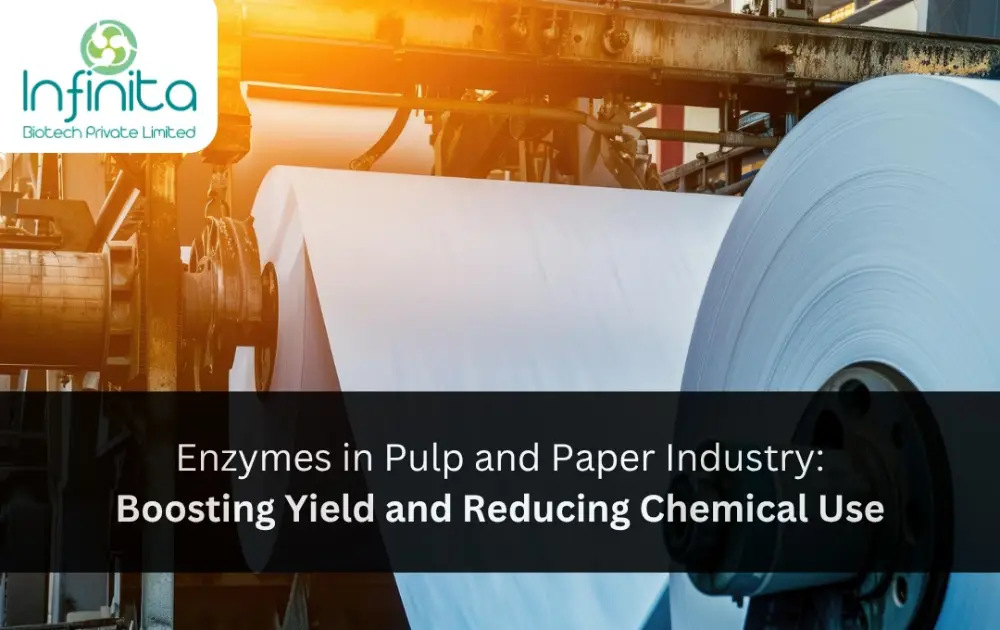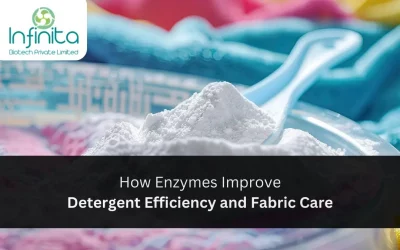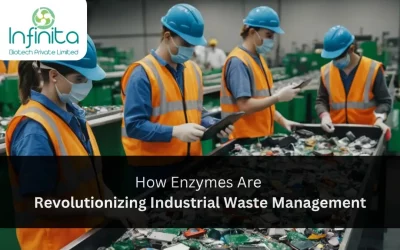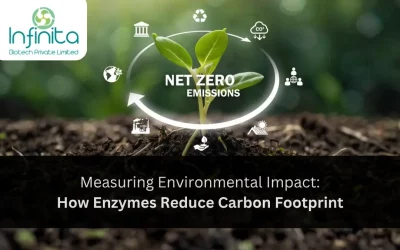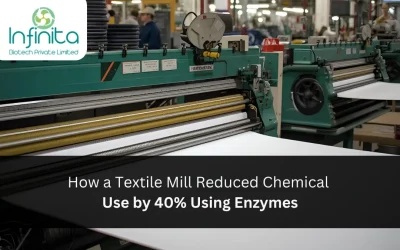Introduction
The pulp and paper industry, one of the largest water and energy consumers globally, has long relied on aggressive chemical treatments to produce the white, smooth sheets that power everything from printing to packaging. Yet, the pressure to shift toward sustainable paper manufacturing is mounting. Enter pulp and paper enzymes—biotechnological marvels that offer a cleaner, greener, and smarter alternative to conventional pulping and bleaching.
Incorporating enzymes into the papermaking process not only reduces dependency on chlorine-based bleaches and harsh alkalis but also improves yield, fibre quality, and overall mill efficiency. These enzymes are redefining the limits of eco-friendly paper production.
How Pulp And Paper Enzymes Work
At the heart of enzymatic pulp treatment lies the ability of enzymes to target and degrade specific biomass components. While traditional chemicals act indiscriminately, pulp and paper enzymes are highly selective, making them precise tools for fibre modification.
- Xylanases: Break down xylan, a major hemicellulose component, aiding in lignin release and facilitating effective bleaching with lower chemical input.
- Cellulases: Modify the surface of fibres, improving inter-fibre bonding and reducing fines, leading to improved drainage and sheet strength.
- Lipases and Esterases: Tackle pitch and resin issues by hydrolyzing fatty acids and esters responsible for stickies and deposit formation.
- Laccases: Aid in lignin modification, preparing the fibre for subsequent peroxide or oxygen delignification processes.
The use of these enzymatic agents enables a biologically driven transformation of raw wood fibres into high-quality pulp, ready for papermaking.
Benefits of Enzymatic Applications in Pulp and Paper Mills
- Reduced Chemical Usage
Pulp and paper enzymes significantly reduce the need for chlorine dioxide, hydrogen peroxide, and caustic soda. By softening lignin bonds biologically, the bleaching process becomes more efficient, cleaner, and safer. - Enhanced Yield and Fibre Quality
Enzymatic pre-treatment improves fibre release without excessive mechanical action. This means a higher pulp yield from the same amount of raw material. Additionally, enzymatic action improves fibre softness and bonding, resulting in stronger paper sheets. - Operational and Energy Efficiency
Improved drainage, reduced beating times, and faster dewatering translate to lower energy consumption during refining and drying. Enzymes also reduce the need for reprocessing by stabilising pulp consistency and improving brightness uniformity. - Environmental Compliance
As global environmental norms tighten, enzymatic processes help mills achieve lower COD, BOD, and AOX levels in their effluents. With fewer toxic residues, wastewater treatment becomes more effective, aligning with green manufacturing mandates.
Industrial Use Cases of Pulp And Paper Enzymes
Bio-Pulping
Bio-pulping leverages cellulases and hemicellulases to partially degrade lignin and hemicellulose, softening wood chips before mechanical pulping. This technique reduces energy input by up to 30% and enhances the mechanical strength of pulp. (Interlink with: Waste Water Treatment Enzymes)
Enzymatic Deinking
In recycling mills, deinking enzymes like lipases and esterases are used to detach ink particles from fibre surfaces. This method is gentler than chemical deinking, preserving fibre length and improving the brightness of recycled pulp. It also reduces surfactant and peroxide usage.
Resin Pitch Control
Resinous substances like pitch cause sticky deposits in equipment and final paper products. Lipases hydrolyse these resins, preventing buildup and ensuring smoother machinery operation. This is particularly valuable in softwood pulping operations.
Overcoming Challenges in Enzymatic Pulping
While the benefits are manifold, enzymatic pulping is not without its nuances. Industrial mills operate under varying conditions of temperature, pH, and retention time—factors that can affect enzyme efficacy. Enzyme formulations must be carefully tailored to withstand process-specific variables.
Moreover, integration into continuous systems demands precise dosing and timing. Pilot-scale trials are often needed to identify optimal enzyme-substrate interactions. Fortunately, advances in enzyme engineering and immobilisation technologies are steadily expanding the operational envelope for pulp and paper enzymes.
Future of Enzymes in Sustainable Papermaking
As biotechnological innovation accelerates, the role of enzymes in the pulp and paper sector will only deepen. The development of thermostable and pH-tolerant enzymes is paving the way for robust applications even under extreme process conditions.
Simultaneously, the adoption of closed-loop systems and circular economy models encourages mills to recycle more water and reuse enzymes, enhancing both cost-efficiency and sustainability.
In a carbon-constrained world, enzyme-aided pulp processing supports decarbonisation goals by lowering GHG emissions, reducing dependency on synthetic chemicals, and aligning with green certification standards such as FSC and PEFC.
Conclusion
The application of pulp and paper enzymes is more than a technological upgrade—it’s a philosophical shift toward cleaner, smarter manufacturing. These enzymatic interventions enable mills to move beyond the chemical-intensive paradigms of the past and step into a future marked by precision, efficiency, and environmental stewardship.
By embracing enzyme-based solutions, the pulp and paper industry is not just improving its bottom line—it’s preserving forests, water, and air for generations to come.
